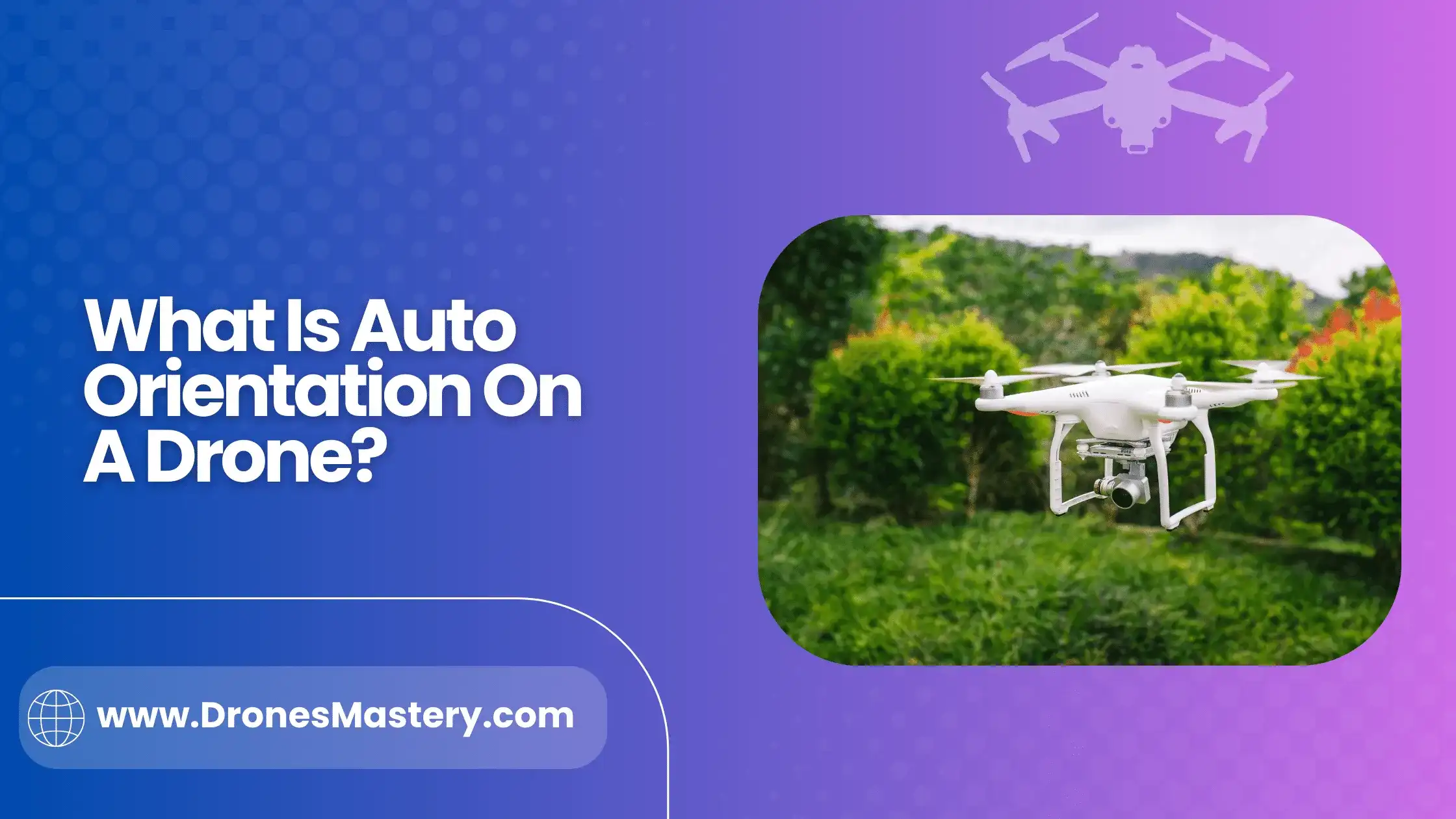It can be an alarming sight when you look up in the sky at night and spot an unfamiliar flying machine hovering above. In recent years, police departments have adopted the use of drones for surveillance purposes and it’s important to know how to spot them if they’re nearby.
Though civilian drones are easily recognizable due to their variety of designs, police drones have a more uniform look that sets them apart from recreational models. Here, we’ll explore some of the ways to tell if that buzzing sound might be coming from a police drone flying overhead.
7 Effective Ways To Spot A Police Drone At Night
Look for A Continuous Bright Light:
Police drones have two strobe lights which they use to identify themselves and let other aircraft know that they are present in the area.
These strobes typically appear as a steady, white light on either side of the drone, making them easier to spot at night. It’s important to note that these lights will not blink like a civilian drone.
Listen for A Distinct Buzzing Sound:
Most drones, including police models, have four rotors which make a unique buzzing noise when in operation. This sound is usually louder than what you would expect from a standard aircraft and could be an indication of the presence of a police drone.
It’s important to note that this sound may be difficult to distinguish from a distant source, so it’s best to use other methods to confirm the presence of a police drone.
Look for A Black Shape Against The Sky:
Police drones are usually painted with dark colors to reduce their visibility when flying at night, making them harder to spot in the dark. If you look carefully, however, it’s possible to make out the distinct silhouette of a police drone against the night sky.
Pay Attention To The Flight Pattern:
Police drones typically fly in a very precise pattern, making it easier to identify them from other aircraft. This pattern is usually different from what you would see with civilian drones and can be an indication that the drone is being operated by law enforcement.
The exact pattern will depend on the specific drone being used, so it’s important to take note of any patterns you see in order to identify a police drone.
Check For Any Markings Or Logos:
Most police departments will make sure their drones are clearly marked with logos and other identifying features so they can be recognized by the public. If you spot a drone that has any markings or logos, it’s likely to be operated by law enforcement. The markings may also include contact information for the department in case of an emergency.
Look For Other Police Activity In The Area:
If there is a lot of police activity in the area, this could be an indication that a police drone is being used to monitor the situation. It’s important to remember, however, that not all police drones are visible at night; some may be flying higher up in the sky and out of sight.
Check for Any Suspicious Activity:
If you spot an aircraft behaving erratically or flying unusually low, it could be an indication that it is a police drone. It’s important to remember, however, that civilian drones can also behave in this manner and should not be mistaken for law enforcement models.
8 Features of Police Drones:
Infrared Cameras:
Police drones are equipped with infrared cameras, which enable them to see in the dark. This means that they can easily spot any suspicious activities occurring at night and take action accordingly. It also allows law enforcement to monitor areas that may not be visible to the naked eye.
GPS Tracking:
Police drones are equipped with GPS tracking technology, which enables them to keep track of their location in real time. This helps law enforcement identify suspicious activity and respond quickly if needed.
High Resolution Cameras:
Police drones have high resolution cameras that can take detailed images from a distance. This allows officers to observe suspects or other activities from afar without having to get too close.
Hovering Capabilities:
Police drones are often equipped with the ability to hover in place for extended periods, allowing them to observe a certain area without needing to move around constantly. It also allows them to take better photographs and videos of the area.
Signal Jammers:
Police drones are equipped with signal jamming devices which can disrupt communications within a certain radius. This makes it harder for criminals to coordinate their activities or communicate without detection.
Advanced Sensors:
Police drones are equipped with advanced sensors that allow them to detect motion, sound, and even chemical signatures. This allows officers to be alerted of any potential threats in the area before they get too close.
Night Vision:
The cameras on police drones are equipped with night vision technology, enabling them to gather information even in low light conditions. This makes them ideal for monitoring activities that take place at night. It also allows officers to investigate suspicious activity without giving away their presence.
Data Transmission:
Police drones can transmit data back to base in real time, which enables officers to stay informed of any developments or changes on the ground. This allows law enforcement personnel to respond quickly if necessary.
Conclusion:
Night is when the police drones are most useful; they can effectively patrol neighborhoods, monitor suspicious activity, and provide a layer of safety to citizens that might not otherwise be available.
Knowing how to spot a police drone at night can help you feel more secure in your community. But just remember if you do happen to spot one during your travels, do not become alarmed; the odds are good that the drone is out for an entirely innocent purpose.






